RELOCATING BEES
The Buzz on Bee Relocation: A Guide to Ethical and Sustainable Practices
Introduction:
Bees, crucial pollinators essential for the health of ecosystems and agriculture, are sometimes found in locations inconvenient for humans. Rather than resorting to harmful methods of extermination, bee relocation provides a sustainable and ethical alternative. In this article, we explore the importance of bees, reasons for relocation, and the steps involved in safely moving a bee colony.
The Importance of Bees:
Bees play a vital role in maintaining biodiversity and supporting food production. As pollinators, they contribute to the reproduction of flowering plants, including many crops that make up a significant portion of the human diet. The decline of bee populations poses serious threats to ecosystems and agriculture, emphasizing the need for conservation and ethical bee management practices.
Reasons for Bee Relocation:
1. Human Safety:
In cases where bee colonies establish hives in close proximity to human activity, there may be concerns about stings and potential allergic reactions.
2. Property Concerns:
Bee colonies nesting in structures like homes, sheds, or other buildings can lead to structural damage over time, making relocation necessary.
3. Agricultural Settings:
Beekeepers may opt for relocation when managing the placement of hives for optimal pollination in agricultural settings.
The Bee Relocation Process:
1. Identification of Bee Species:
Understanding the species of bees involved is crucial for effective relocation. Different species have varying nesting habits and behavior.
2. Assessment of the Colony:
Before relocation, assess the size and health of the colony. This information helps determine the appropriate relocation strategy.
3. Selecting a New Location:
Choose a suitable relocation site that provides the bees with a conducive environment and adequate forage. This may include designated apiaries, orchards, or rural areas.
4. Using Ethical Removal Techniques:
Professional beekeepers or bee removal specialists employ ethical removal techniques, such as gently brushing or vacuuming bees into a container. They ensure the queen is safely transferred.
5. Transporting the Colony:
Safely transport the colony to its new location using secure and well-ventilated containers. Minimize stress on the bees during transportation.
6. Establishing the Colony in the New Location:
Once at the new site, provide the relocated colony with appropriate hives or structures. Allow the bees time to acclimate to their surroundings and resume normal activities.
Seeking Professional Assistance:
Relocating a bee colony is a delicate process that requires expertise to ensure the well-being of both the bees and humans involved. Professional beekeepers or experienced bee removal specialists possess the necessary knowledge and equipment for safe and effective relocation.
Conclusion:
Bee relocation exemplifies a harmonious coexistence between humans and bees, recognizing the invaluable role these pollinators play in our ecosystems. By prioritizing ethical and sustainable practices, we contribute to the conservation of bee populations and the overall health of our environment. Embracing bee-friendly alternatives reinforces the vital connection between humans and the incredible world of pollinators.


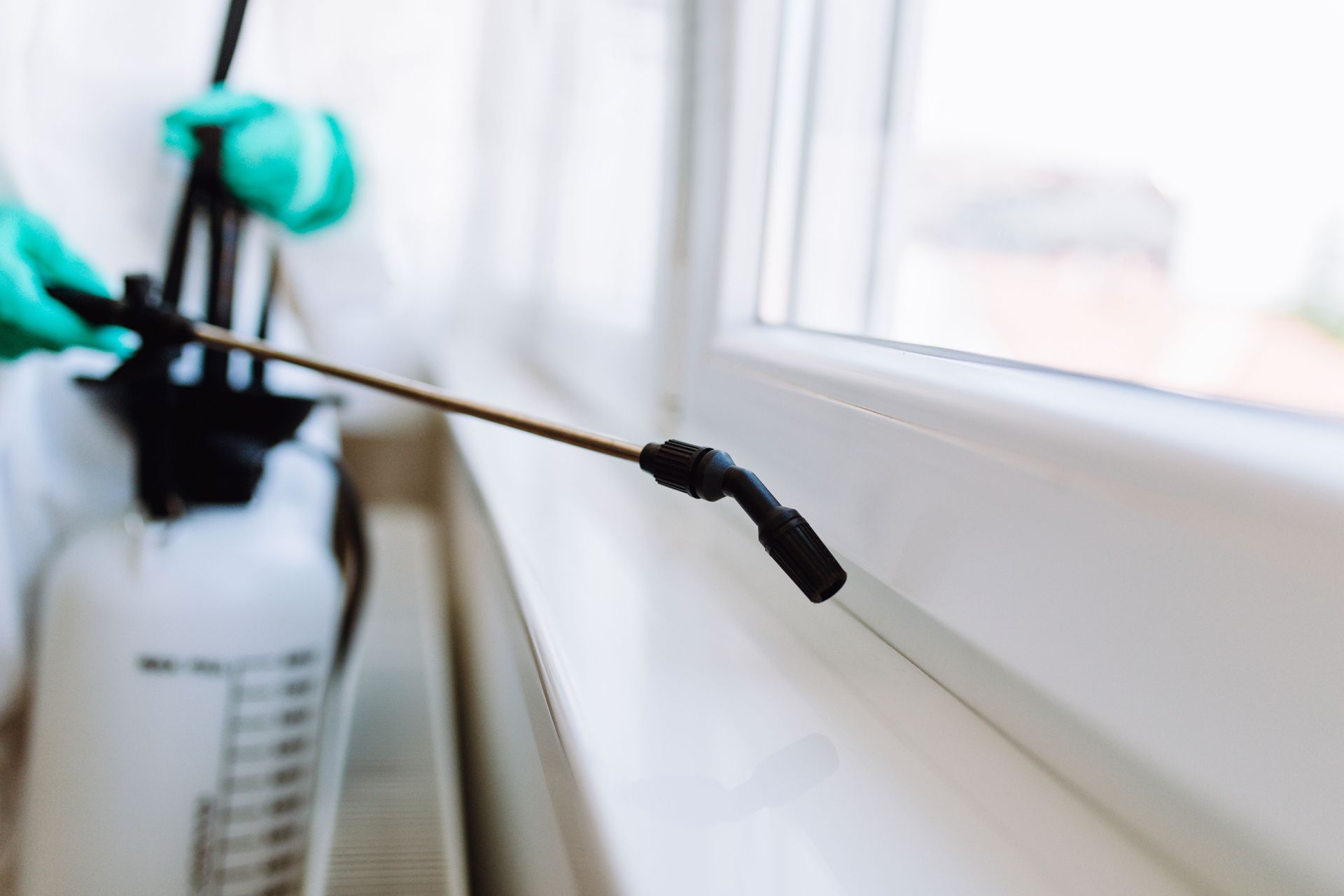
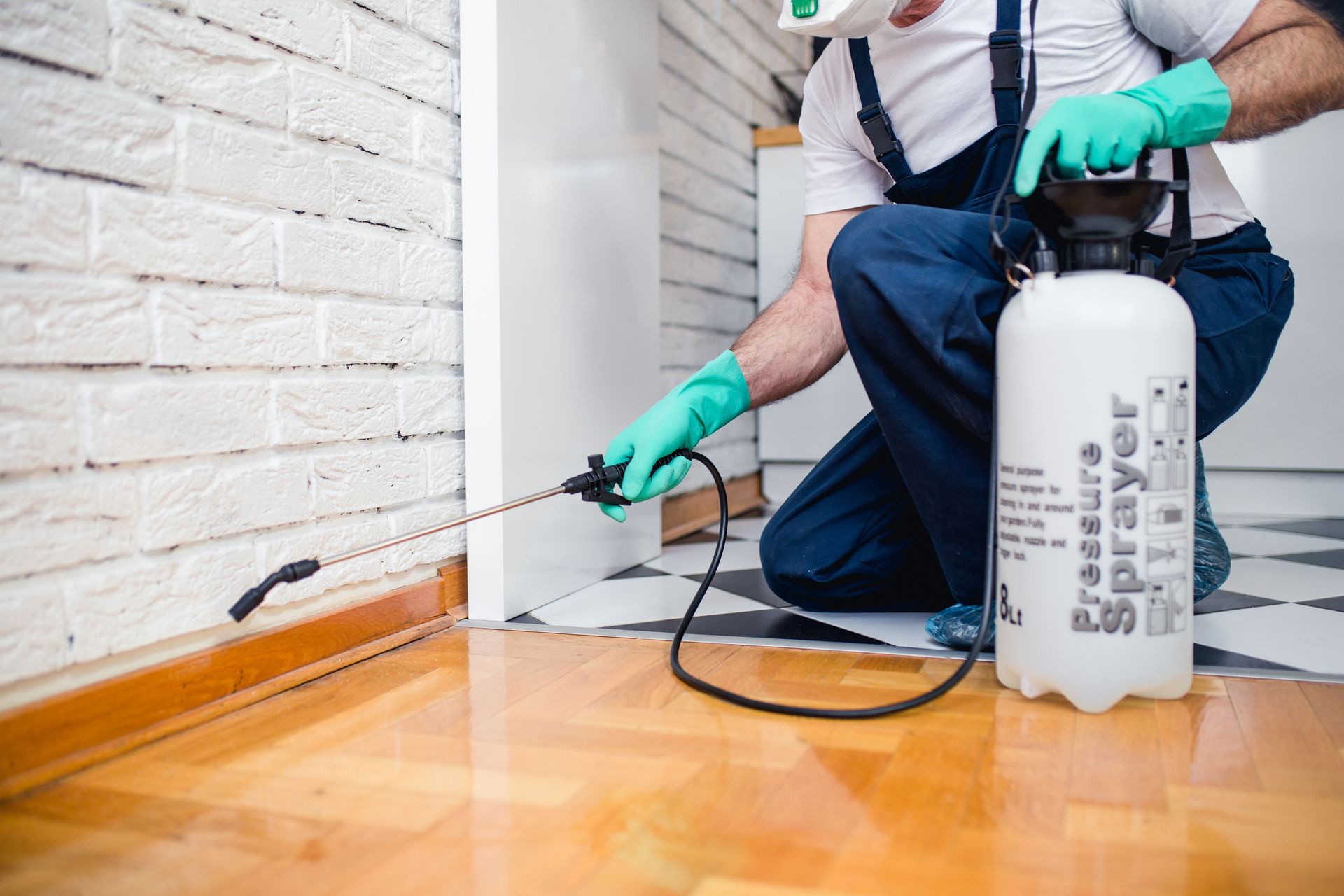

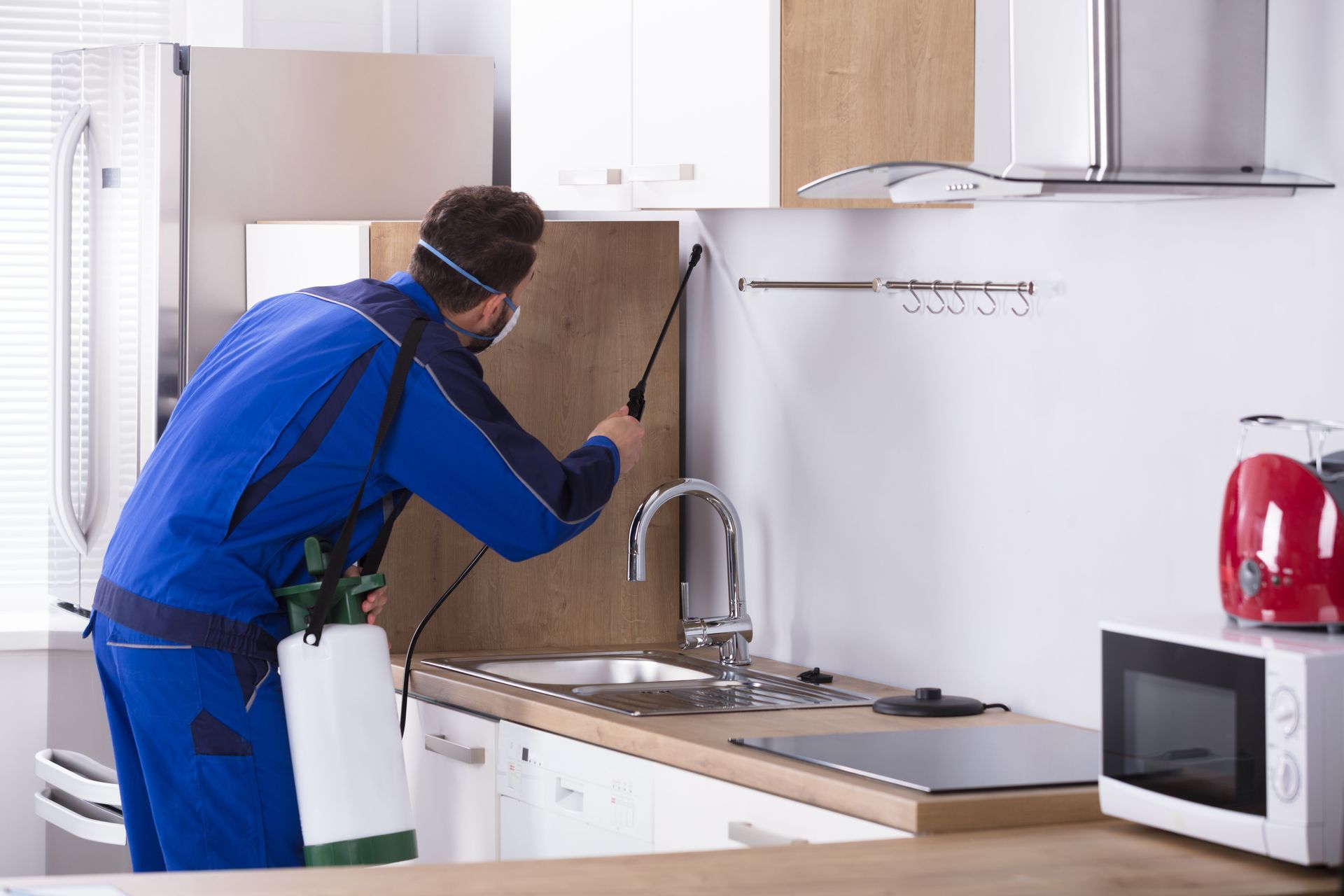

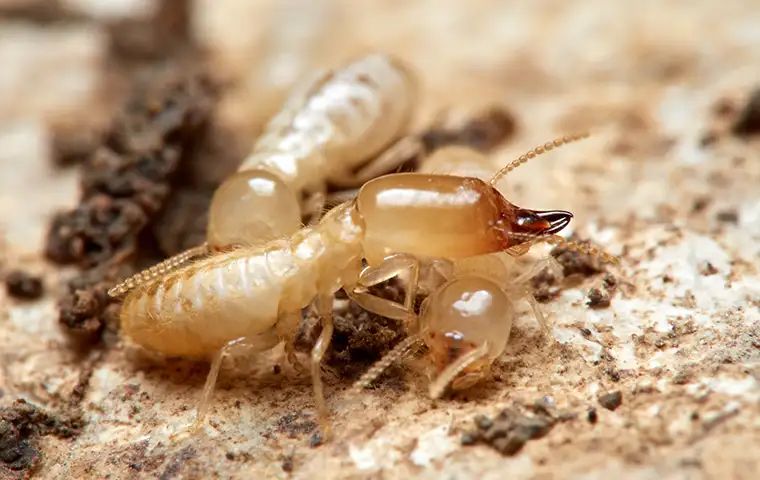
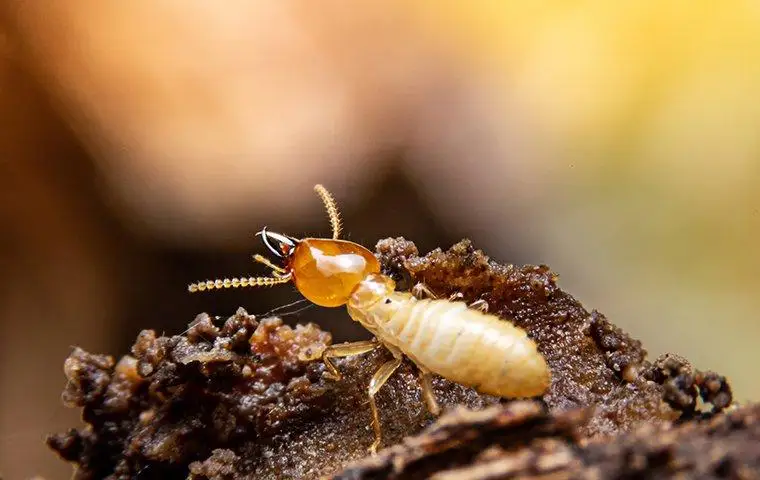
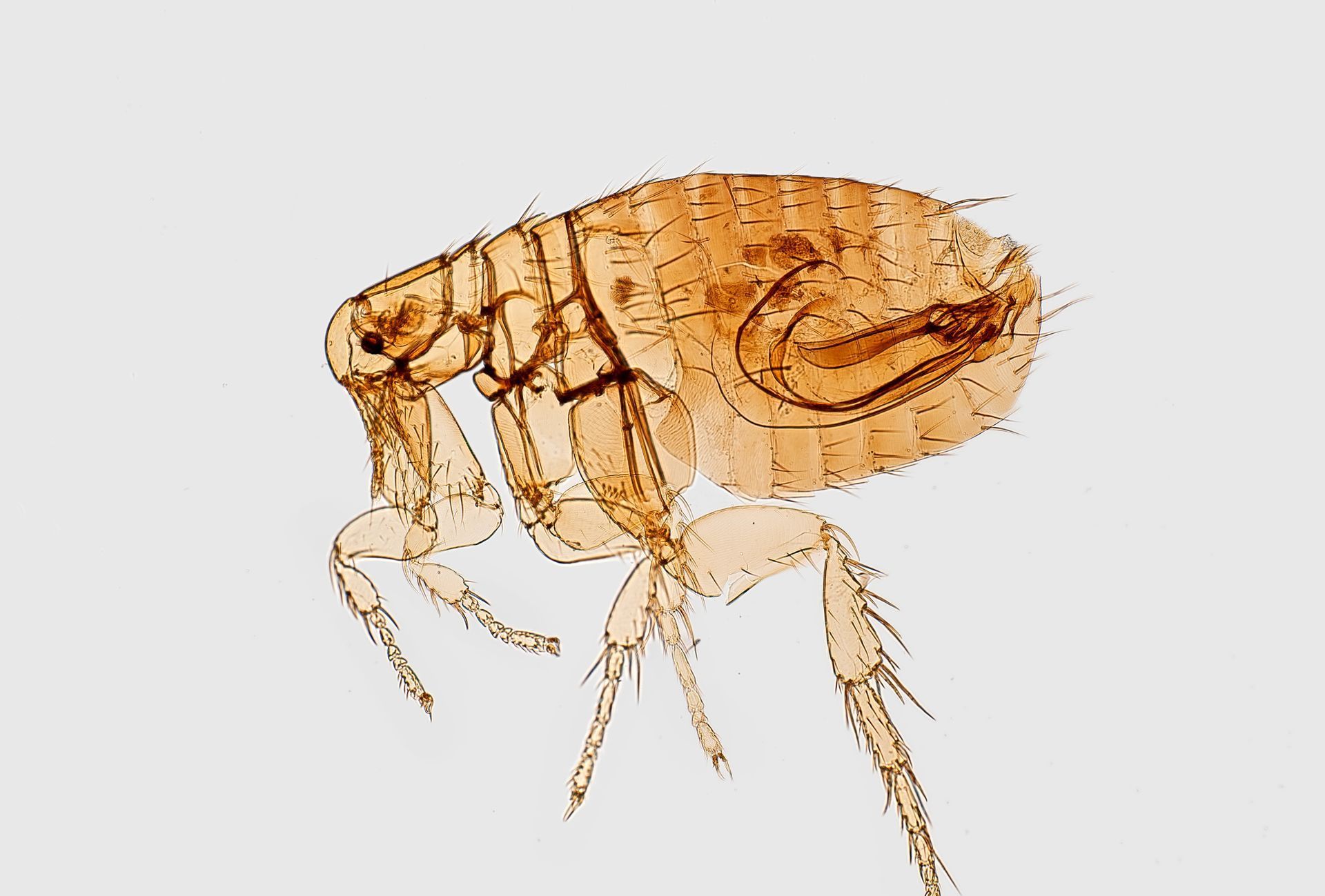
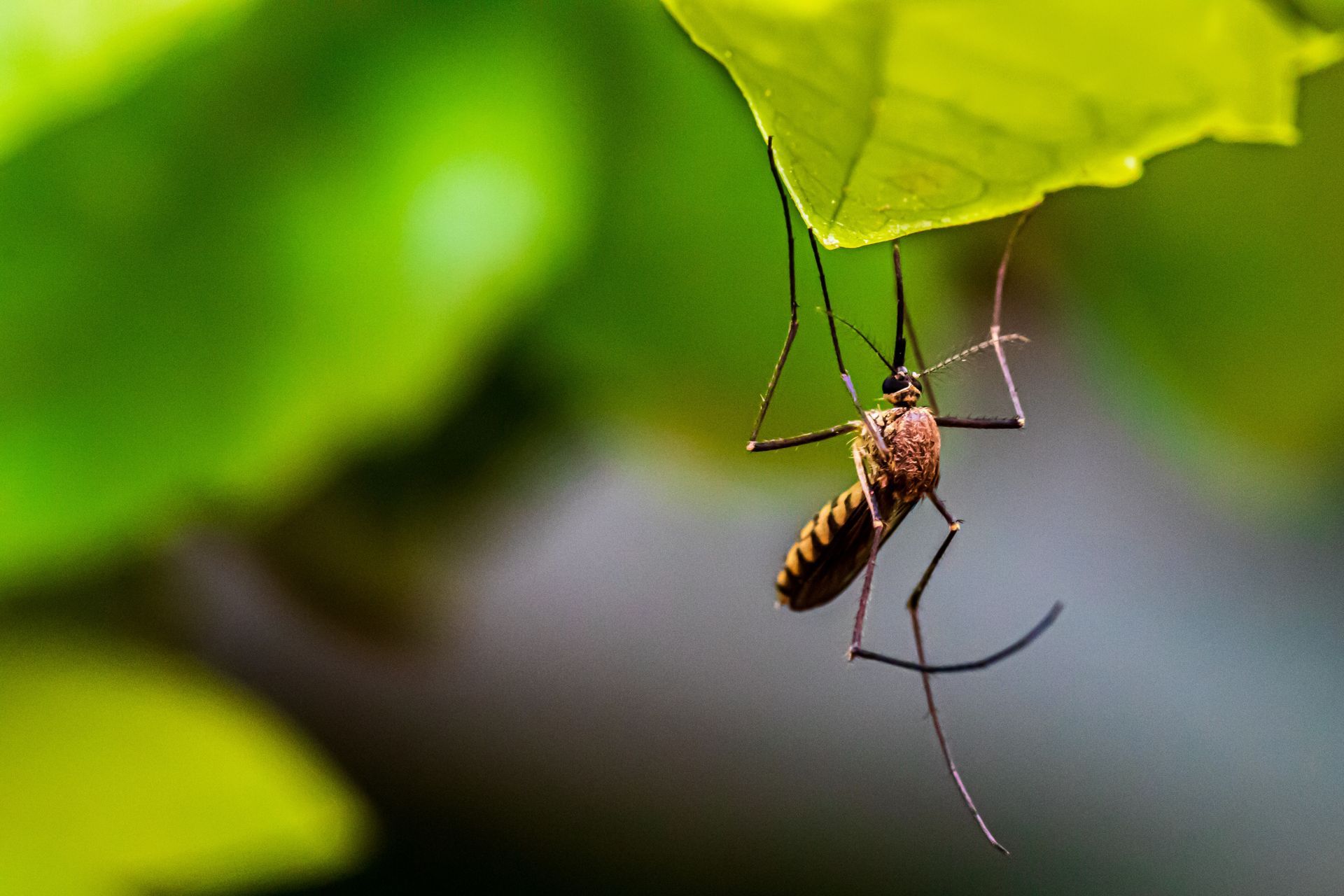
Share On: